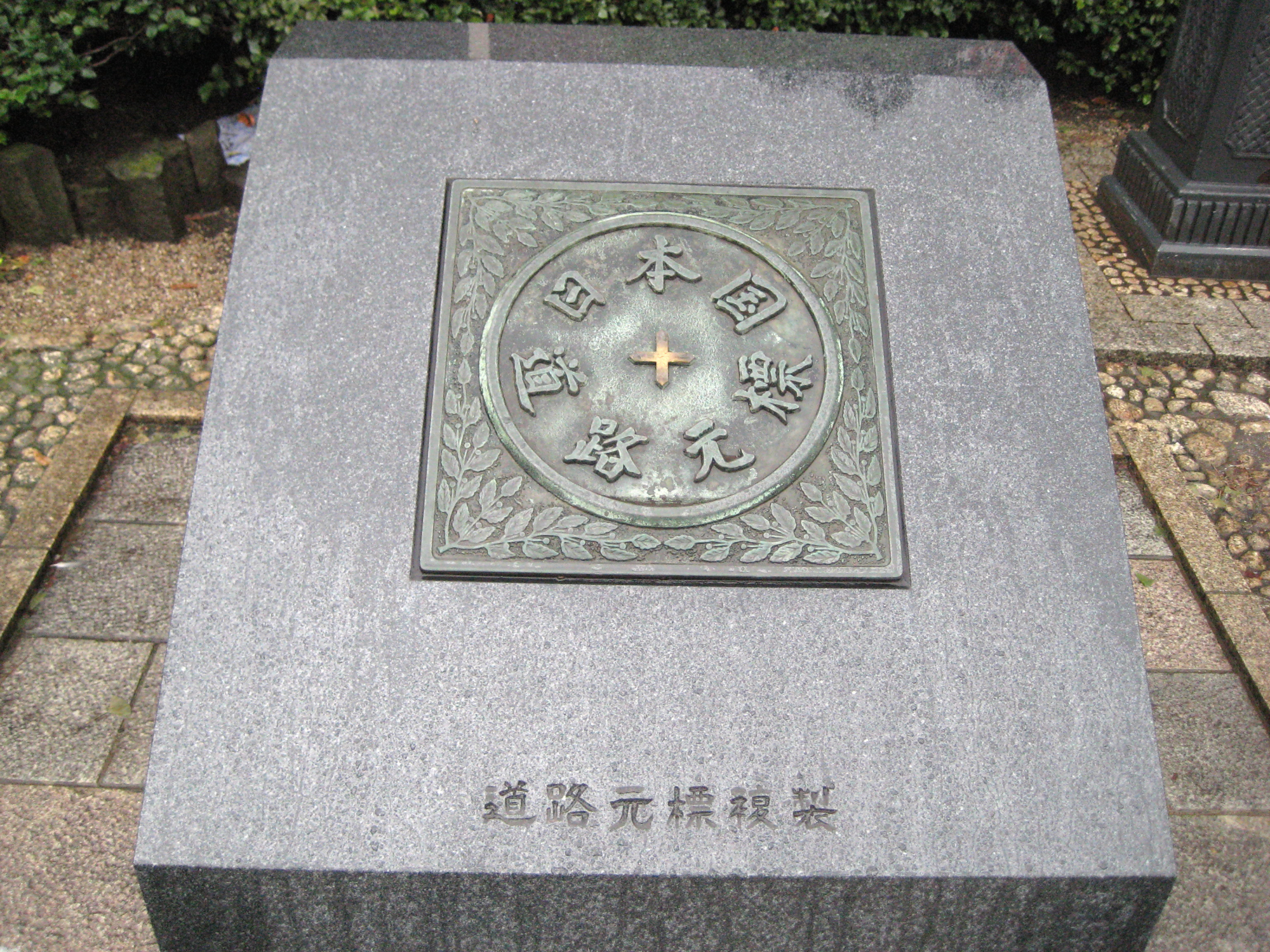The character 碑 (ishibumi, or read hi when used as a suffix) refers to memorials and markers erected at roadsides and elsewhere to commemorate people or mark events.
When visiting Yokohama last month, I had a few minutes to kill before a restaurant reservation, so I let Burritt "Burt" Sabin cajole me into walking to the end of the Isezakicho Mall, a promenade with shops and restaurants across the street from JR Kannai Station. Burt — author of "A Historical Guide to Yokohama: Sketches of the Twice-risen Phoenix" (2002) — wanted to show me an ishibumi commemorating 伊勢佐木町ブルース (Isezakichō Burūsu,"Isezakicho Blues"), a big hit song for vocalist Mina Aoe in 1968.
The inscription begins 「伊勢佐木町」の名は、故青江三奈さん歌唱の伊勢佐木町ブルースによって、全国の人々に知られることになりました。 ("Isezakicho" no na wa, ko-Aoe Mina-san kasho no "Isezakichō Burūsu" ni yotte, zenkoku no hitobito ni shirareru koto ni narimashita; Through the late Aoe Mina's song "Isezakicho Blues," the name of "Isezakicho" became known to people throughout the country.



















With your current subscription plan you can comment on stories. However, before writing your first comment, please create a display name in the Profile section of your subscriber account page.